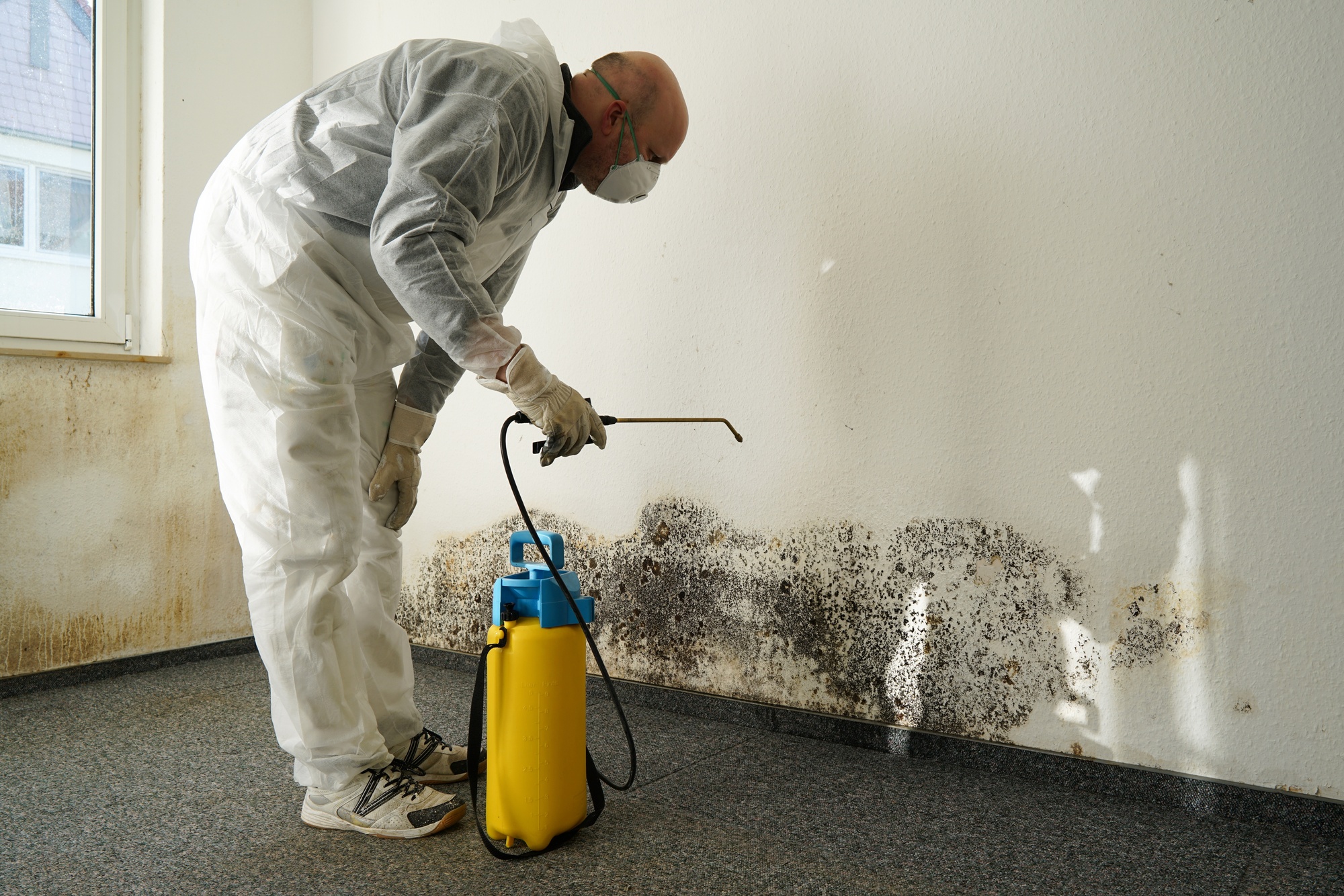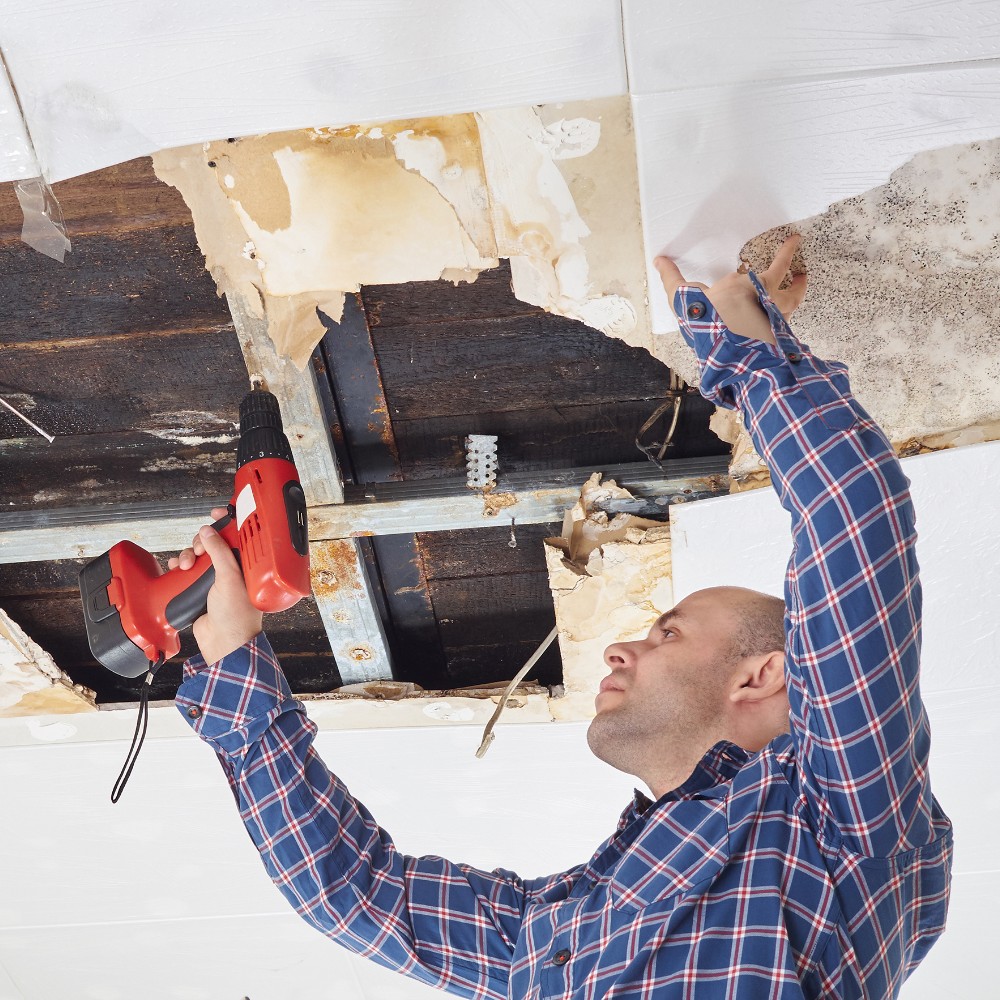Water Damage Restoration frequently asked questions broken down
Water Damage Restoration 101: Recognizing the Process and Price
Water damage can strike suddenly, leaving home owners in a state of confusion. Comprehending the remediation procedure is crucial for efficient recovery. From assessing the damage to choosing the appropriate company, each action impacts the general end result and price. Elements such as the kind of water damage and seriousness likewise play a significant function. What are the specific strategies utilized in restoration, and just how can one get ready for prospective costs?
Sorts Of Water Damage
Initial Evaluation and Inspection

Water Removal Methods
Adhering to the preliminary assessment, efficient water extraction methods are employed to minimize damage and prevent further issues. These techniques involve making use of specific equipment such as submersible pumps and industrial-grade vacuums - Water Extraction And Drying. The selection of approach relies on the quantity of water present and the sort of products impacted. For standing water, submersible pumps are usually utilized for fast removal, while vacuum cleaners are suitable for drawing out water from rugs and furniture. Furthermore, progressed techniques like water extraction floor coverings might be employed for hard-to-reach locations - Water Damage Restoration. The objective is to remove as much water as possible, minimizing the capacity for mold growth and structural damage. Motivate and efficient water extraction is necessary in the overall water damage restoration process
Drying and Dehumidification Process
When the water removal is full, the drying and dehumidification process comes to be crucial to bring back the affected location. This phase generally uses industrial-grade dehumidifiers and air movers to efficiently lower moisture levels. The dehumidifiers attract wet air, removing excess humidity, while air moving companies flow air to speed up evaporation. Monitoring equipment is often utilized to track humidity and temperature levels, making sure perfect drying conditions. The period of this procedure can vary depending upon the degree of the water damage and environmental factors. It is important to completely dry all affected materials, including walls, floor covering, and furnishings, to stop mold and mildew growth and architectural damage. Appropriate execution of this step is crucial for a successful reconstruction result.
Cleaning and Sanitizing Afflicted Locations
A thorough first analysis and assessment of affected locations is important to identify contamination degrees once the drying out procedure is full. Flood Cleanup Services. Efficient cleaning strategies and proper items must after that be employed to get rid of debris and discolorations. Finally, sanitization and disinfection methods are necessary to ensure that damaging virus are removed, recovering the space to a secure problem
First Analysis and Inspection
Before starting any kind of reconstruction efforts, a comprehensive initial analysis and assessment of the impacted locations are important for effective cleaning and sterilizing. This procedure involves determining the degree of water damage, identifying the source of the water intrusion, and examining the materials affected. Assessors normally search for signs of mold growth, structural stability issues, and damaged valuables. The assessment also consists of examining moisture degrees using specific tools to assure no hidden water pockets continue to be, as these can bring about further complications. Documenting the findings is important for planning the following steps in the remediation procedure. An in-depth first analysis enables remediation experts to create a targeted technique for effective cleansing and sterilizing, ultimately reducing damage and health threats.
Cleansing Strategies and Products
Reliable cleansing and sterilizing of water-damaged areas need a range of methods and products tailored to the specific products affected. For permeable surfaces like drywall and carpeting, removal approaches are vital to eliminate excess moisture, followed by deep cleaning with specialized detergents. Non-porous products such as tile or metal can be cleansed using commercial-grade cleaners that successfully eliminate pollutants. Steam cleansing is an additional effective technique, particularly for carpets and furniture, as it makes use of high temperature levels to get rid of microorganisms and mold and mildew (Flood Cleanup Services). Furthermore, environment-friendly items are progressively prominent for their safety and effectiveness - Water Damage Restoration. Inevitably, picking the ideal cleansing methods and products not just assures instant cleanliness but additionally help in protecting against more damage and wellness dangers connected with water intrusion
Sanitization and Disinfection Methods
When attending to water damage, correct sanitization and disinfection approaches are important to guarantee the safety and security and health and wellness of the affected atmosphere. After first cleaning, surfaces have to be treated with suitable anti-bacterials to remove pathogens, mold, and bacteria that flourish in damp problems. Usual techniques consist of the use of EPA-approved chemical anti-bacterials, which can be used through spraying or cleaning strategies. In addition, ultraviolet (UV) light systems can properly sterilize locations by reducing the effects of microbes without harsh chemicals. The option of approach typically relies on the kind of products influenced and the level of contamination. Inevitably, thorough sanitization not just recovers a secure living room yet likewise assists avoid future health and wellness threats connected with sticking around dampness and mold and mildew development.

Repairs and Restoration Options
Examining the damage brought on by water exposure is important for identifying the suitable repair work and remediation options. Property owners might encounter numerous concerns, consisting of damaged drywall, warped flooring, and compromised architectural aspects. Depending upon the degree of the damage, fixings might entail changing sections of drywall, setting up new flooring, or enhancing architectural light beams. In instances of extreme damage, total replacement of affected products could be required. Additionally, specialist restorers usually advise making use of wetness meters to examine covert moisture levels prior check here to choosing the best program of activity. It is necessary to act immediately to stop mold development and additional wear and tear. Choosing the appropriate options not only brings back the building however additionally ensures lasting safety and capability.
Elements Affecting Restoration Costs

The level of water damage directly impacts the remediation costs house owners can anticipate to sustain. Factors such as the source of the water, the duration of exposure, and the afflicted materials significantly affect prices. For example, tidy water damage from a busted pipeline is normally much less costly to bring back contrasted to damage triggered by sewage. Furthermore, the level of contamination determines the requirement for specialized cleansing and disposal services, even more boosting expenses. Geographic area additionally contributes, as regional labor rates and schedule of repair solutions can vary. The seriousness of the action impacts expenses; quicker interventions generally lead to lower total costs by preventing further damage. Comprehending these factors is crucial for house owners when approximating remediation expenses.
The three key kinds of water damage are categorized based on contamination levels: tidy water, gray water, and black water. A comprehensive initial analysis and evaluation are vital actions in the water damage restoration procedure. For standing water, submersible pumps are generally made use of for rapid elimination, while vacuum cleaners are perfect for extracting water from carpetings and upholstery. The degree of water damage straight influences the remediation sets you back property owners can anticipate to incur. Clean water damage from a busted pipeline is typically much less costly to recover compared to damage created by sewage.